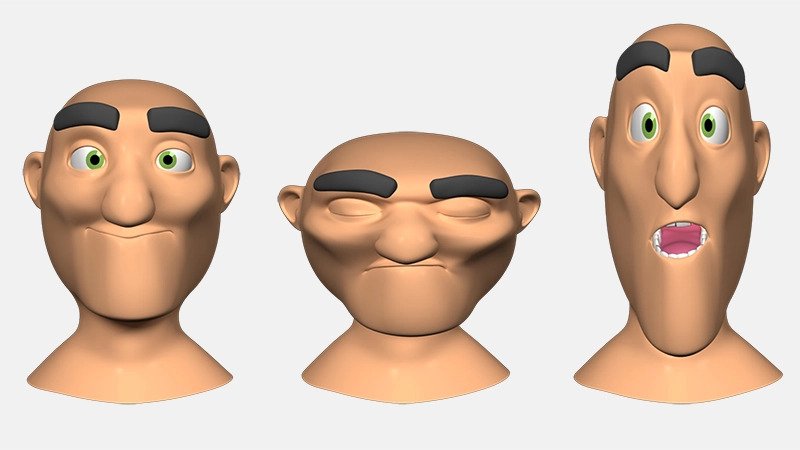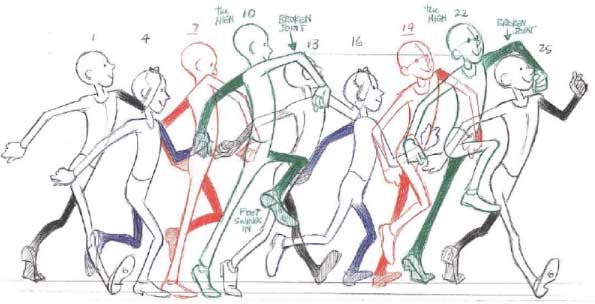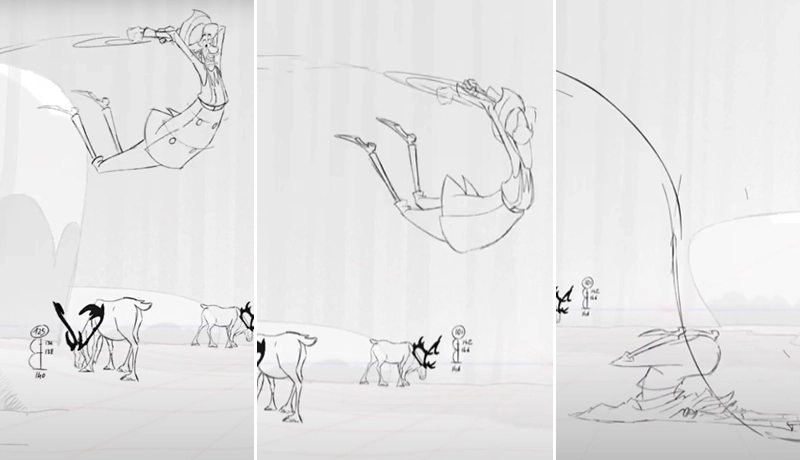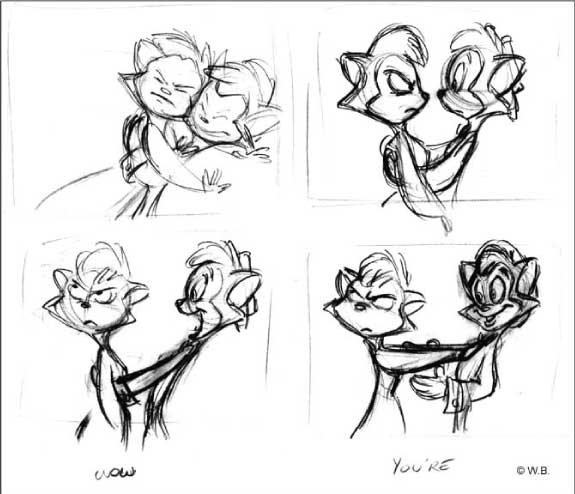Principles Of Animation
Table of Contents
What are the 12 Principles of Animation?
Since the early 1900s, when hand-drawn caricatures were the norm, animation has advanced significantly. The 12 principles of animation were created by Disney animators Ollie Johnston and Frank Thomas in their 1981 book The Illusion of Life, which is regarded as one of the most significant turning points in the history of animation.
The 12 principles are a collection of instructions that assist animators in producing smooth, realistic animation.
The logical place for every animator to start is by comprehending these fundamentals of animation. In the 1930s, when Walt Disney Studios started making animated films, these were established. These ideas are relevant to 3D animators even if they were written for 2D animators. They serve as a manual for using movement and character in a real-world setting to create the illusion of actual life.

Jenny Mariel Duncan, a student at CG Spectrum, provided a flour sack assignment as an example of how to stretch and squash.
1. Squash & Stretch
Stretch and Squash look at how forces acting on an object can modify its shape. A bouncing ball that seems extended while falling and squashed once it hits the ground serves as the greatest example for this first principle, which deals with how to animate weight and volume.

2. Anticipation
A little movement called anticipation occurs before a bigger movement. It is a subliminal indicator that a significant event is about to occur. Imagine a character stooping down before leaping into the air.

3. Staging
As the name implies, staging crystallises the situation and prevents misunderstandings. The scene’s most crucial elements are the focus of the audience’s attention. In the scene, you will centre the key actors and the primary conflict.

4. Straight Ahead versus Pose-to-pose
This concept relates to the 2D animation drawing technique. These terminologies are helpful for producing 3D work, nevertheless. Straight forward refers to sketching an animation from start to finish frame by frame. Drawing a few key frames and then filling in the gaps is known as posing-to-posing. The majority of animation programmes will take care of your pose-to-pose setup’s gaps for you.

5. Follow Through and Overlapping Action
The tendency for various elements of a body or an item to move at different speeds is expressed through follow-through and overlapping movement. Imagine a runner who skids to a stop.

6. Slow In and Slow Out
The phrase “slow in, slow out” describes how objects gradually accelerate and decelerate as they move from point A to point B. This idea is also known as easing or ease-in and ease-out.

7. Arcs
The curving motion of objects is depicted by arcs. Moving objects’ trajectories are curved according to the principles of physics. An expert animator will use curves rather than straight lines to animate. Consider parabolas when thinking.

8. Secondary Action
A scene gains depth and dimension when a supporting action is added to the main action. When establishing secondary action, the staging concept is important since they shouldn’t detract from the main action rather they should enhance it.

9.Timing
Here, “Timing (animation)” is redirected. See Blocking (animation) for the animation method. See Exposure sheet for sheet timing information.
The speed of the activity on screen is determined by timing, which is the quantity of drawings or frames for a specific motion.Correct timing gives the appearance that objects obey the rules of physics on a strictly physical level. For instance, an object’s weight affects how it responds to a push or other impetus: a lightweight object will respond more quickly than a heavy one.Timing is essential for developing a character’s attitude, feeling, and response.It can also serve as a tool for conveying certain facets of a character’s personality.

10.Exaggeration
Here is the “Timing (animation)” page. Blocking (animation) can be found for the animation technique. Refer to Exposure sheet for sheet timing.
Timing describes how many drawings or frames there are for a specific movement, which corresponds to how quickly the motion moves on screen.Correct timing causes objects to appear to obey the laws of physics on a purely physical level. For instance, the weight of an object affects how quickly it responds to an impetus, such as a push: a lightweight object would respond more quickly than a heavy one.Establishing a character’s mood, emotion, and response depends on timing.Additionally, it can be used as a tool to convey certain facets of a character’s personality.

11.Solid Drawing

12.Appeal
This idea essentially boils down to giving your animation more charm (charm), especially in the posture department. The most prominent illustration, though, is appeal in character design since you want to have a character that the audience can identify to or connect with, whereas a difficult or confusing character design can lack appeal.
To develop a more distinctive design that will stand out in the minds of your audience, you might select regions on the character to push and emphasise. As an illustration, emphasise the jawline or the youthfulness of the eyes. Either of these could aid in boosting appeal.
Keep in mind that villains need to appeal as well.

What is the career in Animation ?
While the entertainment and film industries are a popular choice for animators, other lucrative industries like publishing software and advertising also exist. The projects and clients that animators work on are also more flexible for those who work as independent artists and freelancers. For this we have Best Course
What is the Salary and Scope in Animation ?
In India, an animator can expect to make 3.1 lakhs (about $25.6 thousand) annually as their starting income. The 622 most recent wages collected from different Animators in a variety of businesses were used to estimate salaries.
A graduate-level animation degree or diploma is the ideal route to take if you want to work in the industry. But there aren’t many universities in India that provide graduate degrees in animation, and there aren’t many schools that do. However, a variety of institutions are now providing animation diploma programmes.
SO WE HAVE BROUGHT FOR YOU A WEBSITE DESIGNING COURSE WHICH HAS BEEN PREPARED WITH THE EXPERIENCE OF 11 YEARS.
Click on our official website and join the 12 Principles Animation
©2024. OVS Learning (Venture of ASBA CORP)
1- Degree in Animation & VFX
2- Animation & VFX Career Program
3- Graphic Design Career Program
4- Digital Marketing Career Program
5- 3D Interior & Exterior Design
6- Video editing & Motion Graphics
7- Online Course
